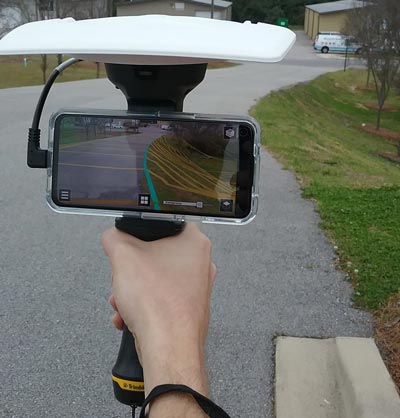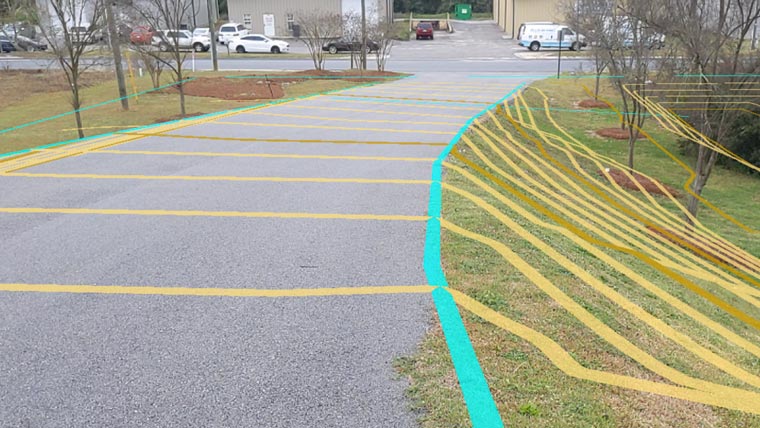It is no secret that 3D engineered models and BIM (Building Information Modeling) are rapidly changing the way that infrastructure projects become reality. It has been exciting for Mead & Hunt to be a part of our industry’s collaborative effort to determine how 3D modeling can and will affect contract deliverable requirements for construction. We’re talking about the ever-approaching reality of moving away from traditional 2D paper plan designs to exclusively digital 3D models as a signed and sealed deliverable for contractors to use to build a project. It’s exhilarating to be on the cusp of such a significant change.
This big change has many in our industry talking about what should be considered while embracing these changes. It will be interesting to see how current conversations surrounding these changes will affect what we would consider “normal” projects.
We can see the effects of this shift already. Major design software companies are rapidly changing their products to facilitate the development of 3D model deliverables. Many state agencies are currently developing new design standards to accommodate 3D models for both the short and long term.

Is there anything else we can do with this new format of information? In addition to developing our own 3D model deliverables, Mead & Hunt is looking beyond the immediate impacts of these changes and exploring other ways 3D models can be used within the transportation industry, now and in the future. Augmented Reality (AR) technology offers exciting new ways to visualize 3D information in real-time. In some cases, there is even the capability to geo-reference 3D models to-scale in real-time at real-world locations.
Imagine explaining a project on-site without having to decipher traditional plan sheet jargon. Or having the ability to assess what visual impacts a vertical project may have to your site. What about visualizing subsurface and overhead utilities on-site to identify potential conflicts? What if you had the capability to record measurements on the spot that correlate between your 3D model and the real world, and share that information instantly with others at another location? Perhaps you would prefer to visualize a traditional 2D plan sheet to-scale onto your project site for a more engineering-minded audience. The possibilities are expansive.
At Mead & Hunt, we’re seeing these ideas come to life as AR technology allows our team to communicate information to project stakeholders in new and meaningful ways. I am excited to be one of many on the front line, testing new ways to integrate this technology within many of Mead & Hunt’s current services. These new ways to visualize and interpret data are finding applicability within multiple areas of project development from start to finish, such as conceptual field reviews, environmental compliance, utility coordination, landscape architecture, CEI inspections, and more.
AR has a lot to offer already, and with the anticipated changes coming with 3D model development, it remains to be seen just how soon the “new” becomes the “norm” for transportation projects.



